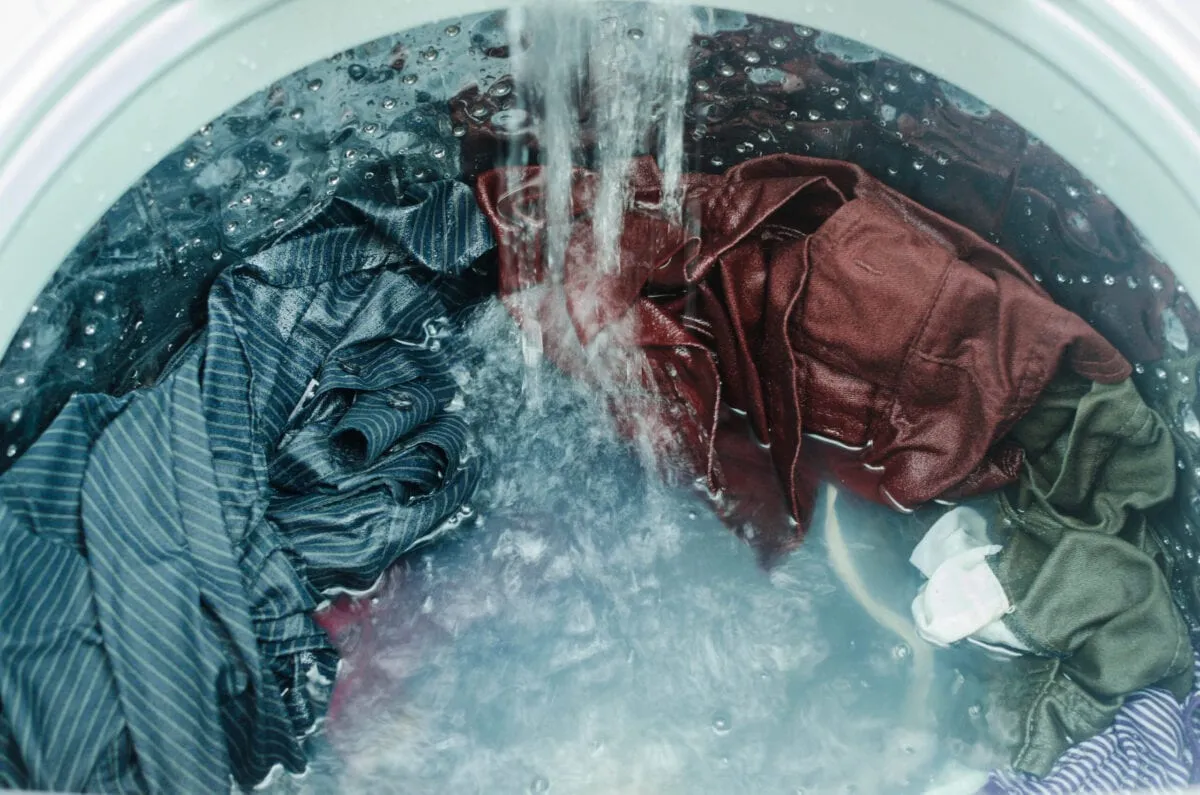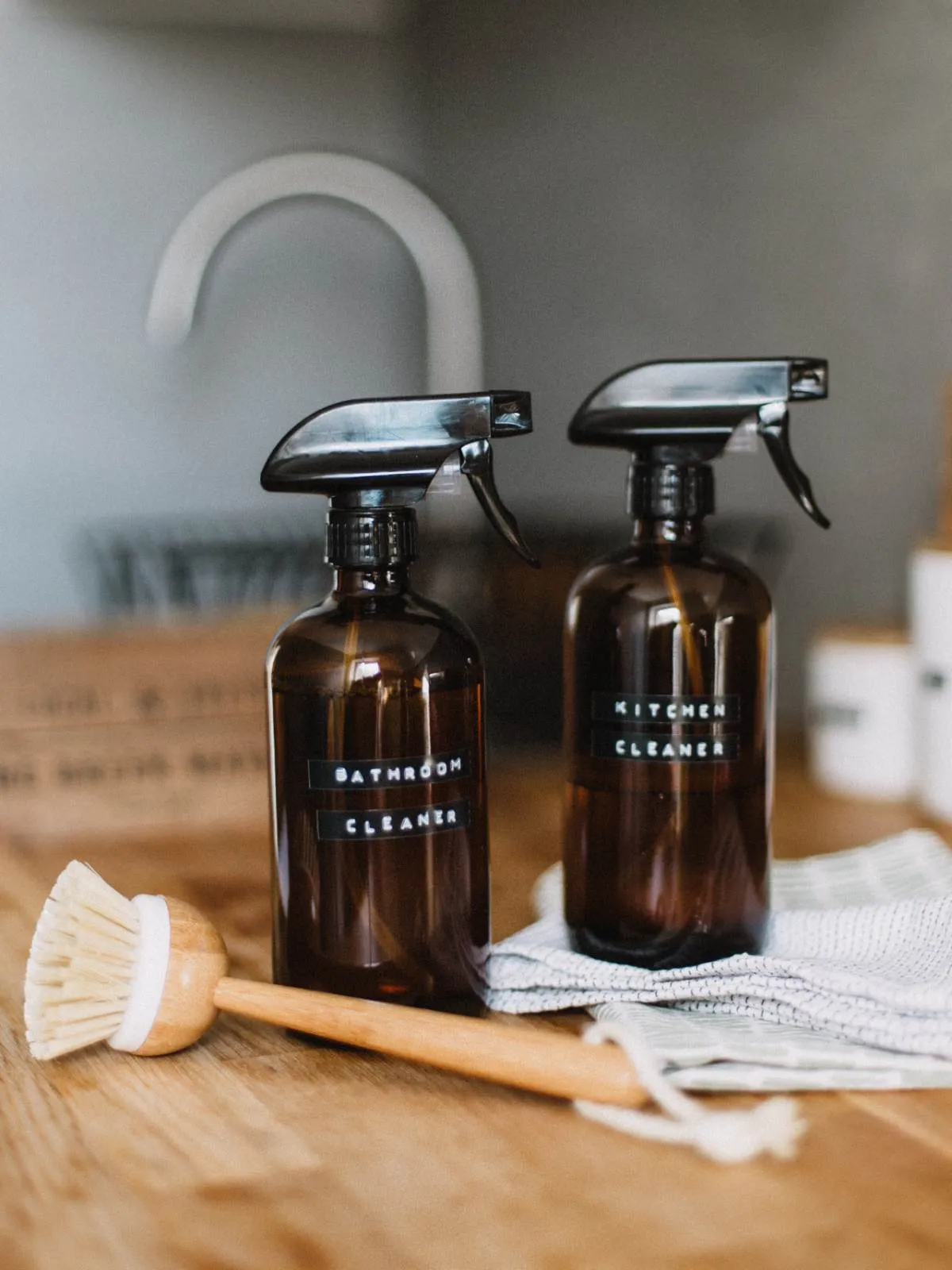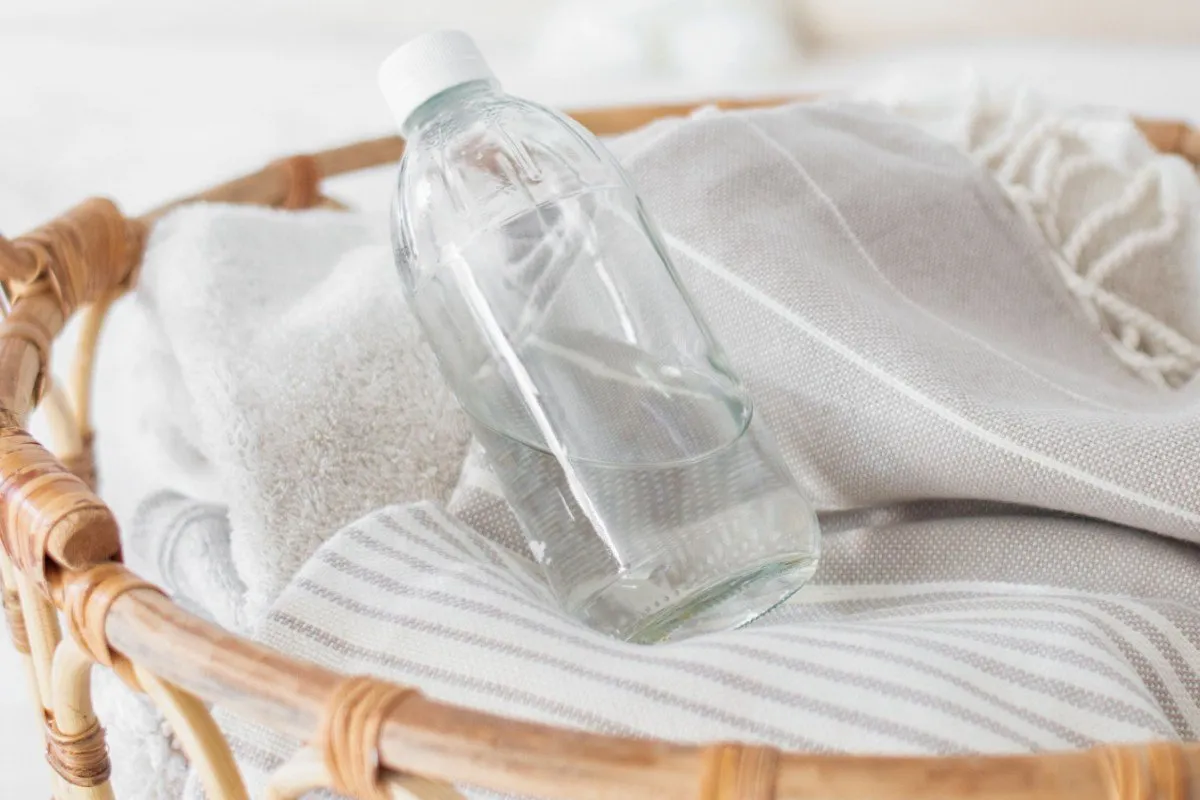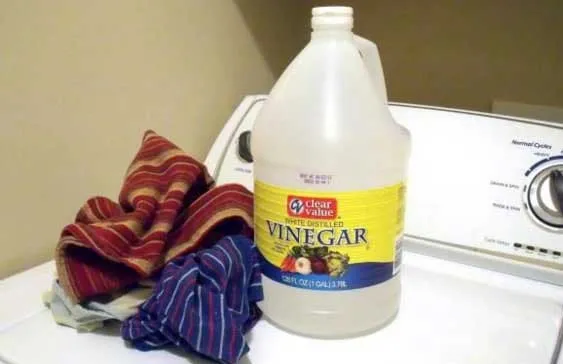Why Use Vinegar for Laundry Whites
Whitening laundry can be a challenge, especially when dealing with whites that have lost their luster or become stained. Many commercial detergents and bleaches contain harsh chemicals that can damage fabrics over time, leading to fading and wear. Vinegar, a natural and readily available household item, offers a gentler, more eco-friendly alternative for brightening whites. Its acidic properties help to break down stains and remove residue, leaving clothes cleaner and brighter without the risks associated with chemical-laden products. Using vinegar for laundry also helps to eliminate odors, soften fabrics, and even clean your washing machine, making it a versatile and cost-effective solution for your laundry needs. Its effectiveness and safety make it a preferred choice for many, ensuring your whites stay fresh and vibrant.
The Science of Vinegar and Laundry
The effectiveness of vinegar in whitening laundry lies in its chemical composition. Vinegar, typically acetic acid diluted in water, has a low pH level. This acidity plays a crucial role in several laundry processes. Firstly, it helps to dissolve mineral buildup, which can make clothes appear dingy and dull. Secondly, vinegar acts as a mild bleaching agent, helping to remove yellowing and brighten whites. The acetic acid in vinegar interacts with the fabric fibers, gently lifting away stains and residue that dull the appearance of clothes. Furthermore, vinegar’s acidic nature helps to neutralize alkaline substances, like those found in some detergents, which can leave a residue that attracts dirt and makes clothes appear less clean. By understanding the science behind vinegar’s action, you can better appreciate how it revitalizes your laundry.
How Vinegar Whitens Clothes

Vinegar whitens clothes through a combination of chemical actions. Its primary mechanism involves breaking down the compounds that cause staining and discoloration. Vinegar is particularly effective at removing hard water deposits, which can make whites appear gray or yellow. It also helps to loosen and lift away dirt, soap scum, and other residues that cling to fabric fibers, contributing to a brighter overall appearance. Moreover, vinegar can help to prevent dye transfer, which can be a common issue in mixed laundry loads. By using vinegar, you can help to maintain the original brightness of white fabrics, keeping them looking fresh and clean. Regularly using vinegar in your laundry routine ensures your whites stay in top condition and retain their vibrancy for longer.
Types of Vinegar for Laundry
When it comes to using vinegar for laundry, the type you choose can influence its effectiveness. Distilled white vinegar is generally the best option. It is colorless and odorless, which means it won’t stain your clothes or leave a lingering smell. Its high acidity makes it an effective cleaner and stain remover. Apple cider vinegar can also be used, but it has a slightly stronger scent and may have a light color, so it is best used with caution to avoid potential staining. While other types of vinegar like balsamic vinegar are not recommended for laundry use because they contain ingredients that could stain your clothes. For best results, always opt for distilled white vinegar to ensure your whites remain bright and clean.
White Vinegar for Laundry
Distilled white vinegar is the star player when it comes to whitening laundry. Its clear color and neutral scent make it ideal for use on all types of fabrics, including whites. White vinegar contains about 5% acetic acid, which is potent enough to break down stains and remove residue, yet gentle enough not to damage fabrics. Its use in the laundry is versatile, serving as a pre-treater, a detergent booster, and a fabric softener. Moreover, white vinegar helps eliminate odors, ensuring your clothes come out smelling fresh and clean. Using white vinegar regularly can significantly improve the brightness and overall cleanliness of your laundry, making it a staple in any effective laundry routine.
Apple Cider Vinegar Laundry Benefits

While distilled white vinegar is generally preferred, apple cider vinegar (ACV) can also be used in laundry, though with some considerations. ACV is known for its antibacterial and antifungal properties, which can help eliminate odors and sanitize clothes. It can also help to soften fabrics, reducing the need for fabric softeners. However, ACV has a stronger scent than white vinegar, and its amber color could potentially stain lighter fabrics if used in excess. It is advisable to dilute ACV before adding it to the laundry and test it on a hidden area of the fabric first. When used appropriately, ACV can still be a useful laundry aid, providing extra cleaning and sanitizing benefits along with helping to brighten and soften your clothes.
Step-by-Step How to Whiten Laundry with Vinegar
Using vinegar to whiten laundry is simple and effective. First, sort your laundry and separate whites from colors. Next, pre-treat any stains by applying a solution of equal parts vinegar and water directly to the stain, letting it sit for 10-15 minutes. Then, add about 1/2 to 1 cup of distilled white vinegar to your washing machine’s detergent dispenser or directly into the drum. Wash the clothes as usual, using cold or warm water (hot water can sometimes set stains). After the wash cycle is complete, check your clothes for brightness. If necessary, repeat the process. Avoid using bleach with vinegar, as it creates harmful fumes. Following these steps will help you achieve brighter, fresher whites safely and efficiently.
Pre-Treating Stains with Vinegar
Pre-treating stains with vinegar can significantly improve the effectiveness of your laundry routine. For tough stains, such as food spills or grass marks, create a solution of equal parts white vinegar and water. Apply this mixture directly to the stain, gently rubbing it into the fabric. Let the solution sit for 10-15 minutes, allowing the vinegar to penetrate and loosen the stain. For older, set-in stains, you may need to increase the soaking time or repeat the process. After pre-treating, wash the garment as usual, adding vinegar to the wash cycle. This approach not only helps remove stains but also enhances the overall cleaning power of your laundry, leaving your clothes cleaner and fresher.
Washing Whites with Vinegar

When washing whites with vinegar, incorporating it into your regular laundry routine is straightforward. Add 1/2 to 1 cup of distilled white vinegar to the washing machine’s detergent dispenser. The vinegar works alongside your detergent to enhance cleaning, remove odors, and soften fabrics. It also helps to prevent detergent residue, which can make whites appear dingy over time. Always use cold or warm water to wash whites, as hot water can sometimes set stains and fade colors. Once the wash cycle is complete, inspect your whites. If necessary, you can repeat the process, especially for heavily soiled items. Washing whites with vinegar ensures your clothes are bright, clean, and free from harsh chemicals.
Vinegar in the Rinse Cycle
Using vinegar in the rinse cycle offers several benefits. Instead of fabric softener, add 1/2 cup of white vinegar to the rinse cycle. The vinegar helps to remove any remaining detergent residue, which can sometimes make clothes feel stiff. It also acts as a natural fabric softener, leaving your clothes feeling softer and more comfortable. Furthermore, vinegar helps to eliminate static cling, particularly beneficial for synthetic fabrics. It can also aid in removing any lingering odors, leaving your laundry smelling fresh and clean. By using vinegar in the rinse cycle, you enhance the overall effectiveness of your wash, contributing to cleaner, softer, and fresher-smelling clothes. This practice is both economical and environmentally friendly, offering a gentle yet powerful laundry solution.
Tips for Best Results
To get the best results when using vinegar for laundry, consider these tips. Always use distilled white vinegar to avoid staining and odors. For heavily soiled items, pre-treat stains before washing. Avoid mixing vinegar with bleach, as this combination creates toxic fumes. Use the appropriate amount of vinegar—typically 1/2 to 1 cup per load. You can experiment to find the right amount for your washing machine and laundry needs. If you have hard water, consider adding a water softener to your routine to maximize vinegar’s effectiveness. Regularly clean your washing machine to prevent buildup, which can hinder the cleaning process. Following these simple tips will help you achieve the best possible results and keep your whites looking their brightest.
Dos and Don’ts of Vinegar Laundry

When incorporating vinegar into your laundry routine, it is essential to follow certain guidelines. Do use distilled white vinegar for best results and avoid any risk of staining. Do add vinegar to the detergent dispenser or directly into the drum, never mixing it with bleach. Do pre-treat stains before washing, applying the vinegar-water solution directly to the affected area. Don’t use vinegar on delicate fabrics like silk or rayon without caution; test a hidden area first. Don’t use excessive amounts of vinegar, which may not improve results and could potentially damage your washing machine. Always use the correct amount and follow the manufacturer’s instructions for your washing machine. Knowing these dos and don’ts will maximize the benefits of vinegar and safeguard your laundry.
Potential Drawbacks and Solutions
While vinegar is a fantastic laundry aid, it is important to be aware of some potential drawbacks. One possible concern is the smell. Although white vinegar is usually odorless, some people may find a faint vinegar smell remaining after washing. To address this, ensure you are using the correct amount of vinegar and allowing adequate ventilation for drying. Another potential issue is its impact on rubber components in washing machines. Over time, the acidity of vinegar may affect rubber seals and hoses, though this is unlikely with regular use. To mitigate this, avoid using excessive amounts and clean your washing machine regularly to prevent buildup. Overall, the benefits of vinegar in laundry far outweigh the drawbacks, but being aware of these points helps ensure effective and safe use.
